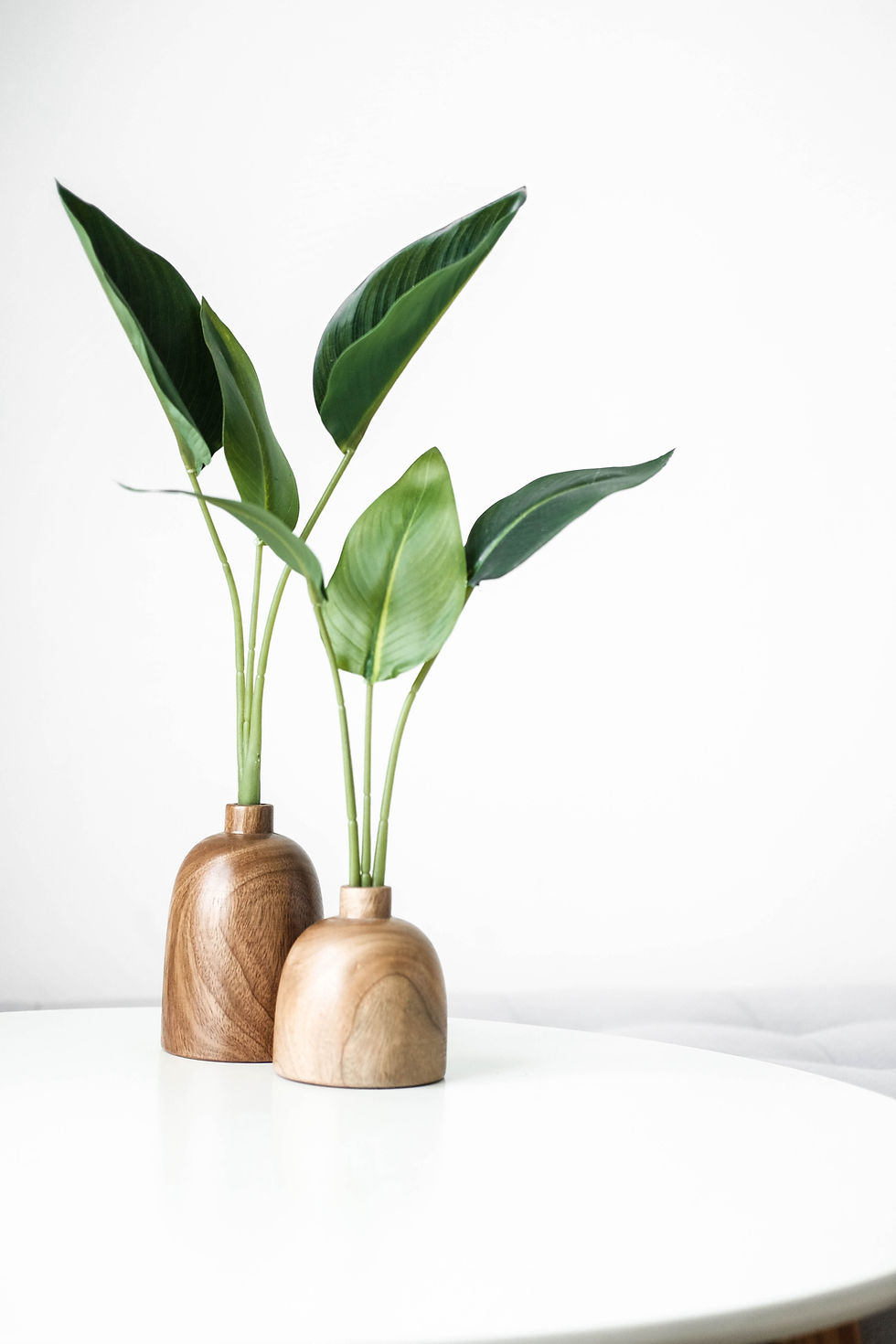Understanding ADHD in Adult Women: Unique Challenges, Hidden Struggles, and What Helps
- clarytepperphd
- May 4
- 3 min read
Updated: Jun 22
Adult women with ADHD often go undiagnosed or misunderstood, leading to years of struggle without clear answers. Unlike the stereotypical hyperactive child commonly associated with ADHD, many women experience quieter, internalized symptoms that are easy to miss. Add in gender norms, emotional labor, and hormonal fluctuations, and the picture becomes far more complex.
Below are some of the most common challenges women with ADHD face—and supportive strategies designed to meet their specific needs.
Common Challenges for Women with ADHD
1. Late or Missed Diagnosis
ADHD in girls and women is often overlooked or misdiagnosed, typically as anxiety, depression, or bipolar disorder.
Girls tend to show inattentive symptoms like daydreaming or disorganization rather than disruptive hyperactivity.
Many women only receive a diagnosis in adulthood—often after recognizing similar symptoms in their child.
2. Chronic Overwhelm and Emotional Exhaustion
Balancing careers, relationships, parenting, and expectations is challenging for anyone—but especially for women with ADHD, whose executive functioning is already taxed.
Tasks like planning, organizing, and prioritizing take more effort.
3. Heightened Shame and Self-Blame
Social norms often expect women to be neat, polite, organized, and emotionally regulated—things ADHD can make extremely difficult.
Many women internalize their struggles, blaming themselves for not measuring up.
Feelings of guilt, low self-esteem, and imposter syndrome are common.
4. Masking and People-Pleasing
To cope, many women develop compensatory behaviors like perfectionism, overachievement, or people-pleasing.
This “masking” hides ADHD symptoms but leads to exhaustion and burnout.
It can also delay diagnosis, making it harder to get the support they need.
5. Hormonal Fluctuations
Estrogen levels impact dopamine—the key neurotransmitter involved in ADHD.
Symptoms often worsen during PMS, postpartum, perimenopause, or menopause.
Many women notice their ADHD shifts across their menstrual cycle, but few doctors connect the dots.
6. Invisible Labor and Household Strain
ADHD makes multi-step and routine tasks more difficult—like cooking, cleaning, and managing logistics.
Women are often expected to manage most of the household and emotional labor.
This can cause frustration and relationship strain if their struggles are misinterpreted as laziness or disorganization.
7. Lack of Gender-Specific Support
ADHD tools, groups, and even medical research are often centered around male or childhood presentations.
Many women feel isolated or misunderstood, even in ADHD communities.
Support designed for men or kids doesn’t always work for their experience.
Strategies That Work for Women with ADHD
1. Use Routines Instead of Relying on Willpower
Create repeatable morning and evening routines. Use visual checklists, habit trackers, or alarms to reduce mental load. Anchor tasks to habits (e.g., take medication after brushing your teeth).
2. Create “Staging Areas” for Daily Life
Designate bins, baskets, or landing zones for anything that needs to leave the house—returns, paperwork, school forms. Reduces last-minute chaos.
3. Break Tasks into Micro-Steps
Instead of “do the project,” write tasks like “open laptop,” “set timer,” or “write 3 sentences.” Tiny steps reduce overwhelm and create momentum.
4. Track and Adjust for Hormonal Patterns
Note when symptoms spike during your cycle and adjust your workload. On low-focus days, schedule easier tasks and give yourself more grace.
5. Plan Transition Time
Schedule short breaks between roles—like 10 minutes of calm before switching from work mode to parenting. This helps reset your nervous system and reduces stress.
6. Use What Works (Not What’s “Normal”)
If traditional tools don’t work, ditch them. Try ADHD-friendly solutions like visual timers, dopamine-reward apps, or co-working via body doubling.
7. Build Emotional Resilience
Combat shame with self-compassion. Keep a list of what you did accomplish. Celebrate small wins—out loud. It disrupts the shame spiral and reinforces progress.
8. Delegate and Renegotiate Responsibilities
You don’t have to carry it all. Ask for help, delegate household tasks, and communicate openly about your needs with family or partners.
9. Find ADHD-Specific Support for Women
Look for support groups or online communities created by and for women with ADHD. Sharing your experience with others who get it can be life-changing.
10. Redefine What Success Looks Like
Let go of unrealistic standards. Define success based on what’s sustainable and aligned with your values, not just what looks good from the outside.
Final Thoughts
ADHD in women is often quiet, hidden, and misinterpreted, but it’s real, valid, and worthy of support. The right tools, community, and mindset shifts can make daily life feel more manageable—and more authentically your own.
You don’t need to do it the “normal” way. You just need to do it in a way that works for you.



